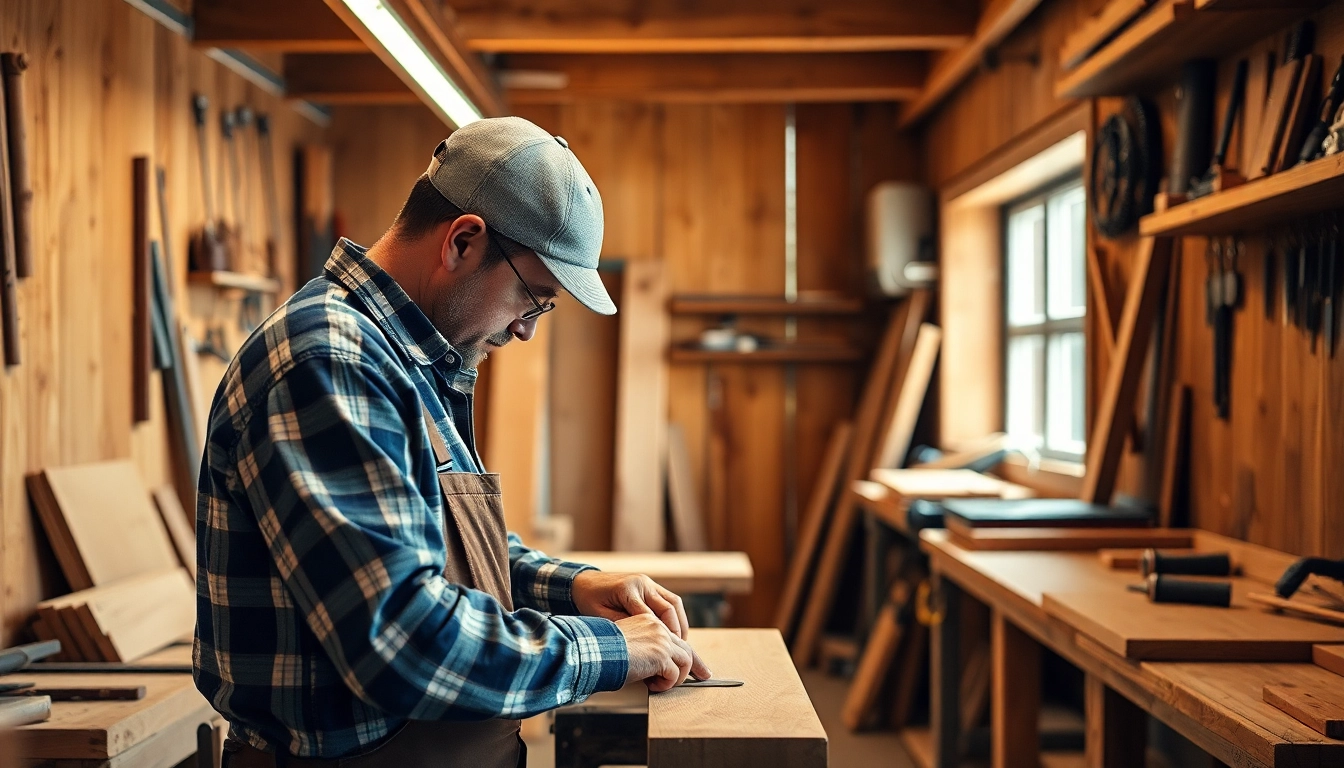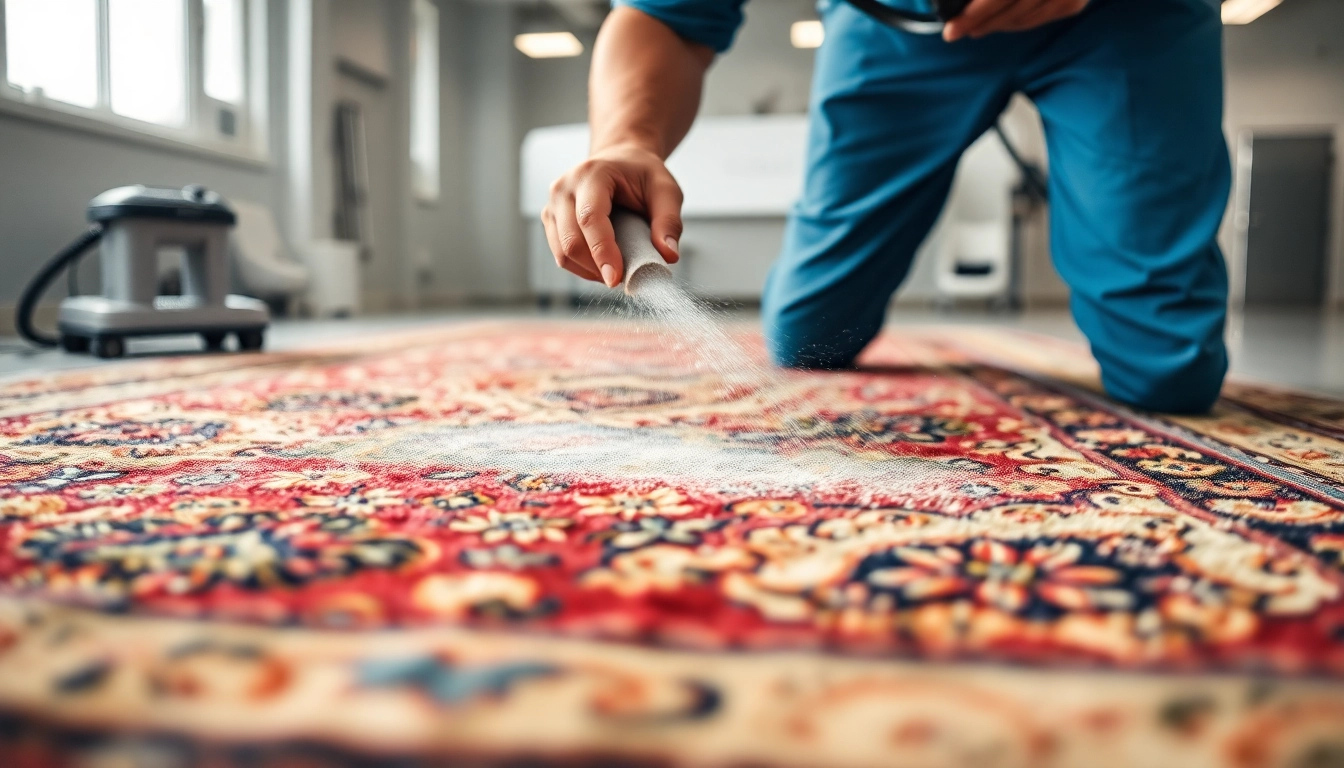Understanding Chimney Repairs: When and Why They Are Needed
Chimneys are integral components of traditional and modern homes alike, serving as crucial venting systems for fireplaces, boilers, and other appliances. Over time, these structures can suffer from wear and tear caused by exposure to the elements, structural shifts, and ongoing use. Regular chimney maintenance and timely repairs are vital to ensuring safety, efficiency, and longevity of your chimney and overall property. Recognizing when repairs are necessary not only prevents escalating costs but also minimizes hazards such as house fires, carbon monoxide leaks, and structural damage.
For homeowners in the UK, understanding the signs that indicate your chimney needs attention is essential. Taking proactive steps can significantly extend the lifespan of your chimney and keep your family safe. Visit chimney repairs services for expert assistance if you notice any of these warning signs.
Signs Your Chimney Requires Immediate Attention
Prompt identification of chimney issues is crucial for preventing further damage and potential safety hazards. The most common signs that your chimney needs professional repair include:
- Cracks or Spalling Masonry: Visible cracks, loose bricks, or crumbling mortar indicate structural weakness that could compromise the chimney’s integrity.
- Smoke Backdrafts or Leaks: Excess smoke, leaks, or condensation inside the home suggest blockages or leaks allowing gases to escape improperly.
- Unusual Odors: Persistent smokey or moldy smells can be signs of leaks or creosote buildup.
- Chimney Deterioration: Shaling or deteriorating chimney caps, flashing, or crown suggests neglect or damage from weather exposure.
- Rust or Corrosion: Metal components, such as dampers or flues, exhibiting rust point toward moisture intrusion.
- Evidence of Water Damage: Water stains on interior walls, ceilings, or chimney exterior indicate leaks that need sealing or repair.
Ignoring these signs can lead to costly repairs and serious safety issues. It is advisable to schedule an inspection with a qualified chimney repair specialist at the earliest indication of trouble.
Common Causes of Chimney Damage in UK Climates
The UK’s maritime climate, characterized by moderate to heavy rainfall, humidity, and temperature fluctuations, can accelerate the deterioration of chimney structures. Common causes of damage include:
- Weathering and Erosion: Continuous exposure to rain, frost, and wind wears away mortar and bricks, leading to cracks and breaches.
- Frost Damage: Water infiltrates porous materials; when temperatures drop, water freezes and expands, causing masonry to crack or spall.
- Vegetation Growth: Moss, lichen, and ivy can infiltrate joints, trapping moisture and accelerating decay.
- Poor Maintenance: Neglecting regular inspections and repairs allows minor issues to escalate.
- Storm and Storm Damage: High winds, lightning strikes, and flying debris can cause structural damage or dislodge components.
- Structural Shifts: Foundations settling or shifting can cause misalignment, cracking, or leaning chimneys.
Understanding these factors allows homeowners to implement preventative measures, such as timely repointing, waterproofing, and regular inspections, to mitigate damage over time.
Risks of Delaying Chimney Repairs
Postponing necessary chimney repairs can have serious consequences, both financially and in terms of safety. The key risks include:
- Increased Fire Hazard: Creosote buildup and damaged masonry can ignite, especially if flammable debris accumulates or repairs are neglected.
- Carbon Monoxide Poisoning: Cracks or leaks allow dangerous gases to escape into living spaces, posing health risks.
- Structural Collapse: Weakened mortar or cracked bricks risk partial or total chimney collapse, which can damage roofs, homes, or injure inhabitants.
- Water Damage and Interior Deterioration: Leaks lead to wall and ceiling damage, mold growth, and long-term structural issues.
- Decreased Home Value: Visible chimney deterioration reduces curb appeal and property value.
- Higher Repair Costs: Minor problems grow into major repairs, increasing overall costs significantly.
Addressing chimney issues promptly is a wise investment for preserving home safety, aesthetics, and value.
Essential Techniques for Effective Chimney Repairs
Repointing and Rebuilding Chimneys
Repointing involves removing damaged mortar from between bricks and replacing it with fresh mortar, restoring structural stability and preventing water ingress. When mortar deteriorates extensively, partial or full rebuilding may be necessary. Skilled masons evaluate the extent of damage to determine whether local repointing suffices or if rebuilding is warranted.
Rebuilding can involve replacing entire sections of brickwork or reconstructing the chimney crown and base, especially after severe weather damage or shifting foundations. Quality materials, such as traditional lime mortar, are preferred for breathability and compatibility with historic structures, while modern cement-based mortars are suitable for newer builds.
Accurate execution of repointing and rebuilding ensures durability, resistance to weather, and safety compliance.
Flashing and Flaunching Repairs to Prevent Leaks
Flashing refers to the metal strips installed around the chimney where it intersects with the roof, preventing water penetration. Flaunching involves the mortar or paver material that surrounds the base of the chimney flare, directing water away from the structure. Damaged or improperly fitted flashing and flaunching are common causes of water ingress, leading to internal damage and accelerated decay.
Repairing or replacing flashing involves removing degraded metal, cleaning the area, and installing weatherproof, corrosion-resistant materials like aluminum or lead. Proper sealing techniques and detailing ensure that water runoff flows away from the chimney and roof junction.
Professional assessment and precise installation of flashing and flaunching are critical for long-term watertightness and minimal maintenance needs.
Chimney Relining and Structural Reinforcement
Relining involves inserting a new lining inside the flue to improve safety, efficiency, and to meet modern standards. It is essential if the original liner is cracked, deteriorated, or if there are signs of creosote accumulation. Relining can be done with materials such as stainless steel or ceramic, tailored to the type of appliance and fuel used.
Structural reinforcement includes installing supports or steel braces if the chimney shows signs of leaning or instability. Reinforcements restore the chimney’s vertical stance, preventing collapse and ensuring compliance with building regulations.
Engaging experts with experience in chimney relining and reinforcement ensures that the repairs are performed with precision, extending the lifespan of your chimney and enhancing safety.
Choosing the Right Chimney Repair Service
Factors to Consider: Experience, Certification, and Reviews
Selecting a competent chimney repair contractor is crucial for achieving reliable results. Key factors include:
- Experience: Opt for companies with several years of specialized chimney repair service, especially those with familiarity with UK climate challenges.
- Certification and Accreditation: Ensure the contractor holds relevant trade certifications, such as NICEIC, Trustmark, or industry-specific qualifications, indicating adherence to quality standards.
- Customer Reviews and References: Check independent review sites and request references to gauge reliability and workmanship quality.
- Portfolio of Past Work: View previous projects to assess craftsmanship and scope of expertise.
Using reputable local specialists ensures compliance with building regulations and safety standards, reducing future risks.
Questions to Ask Your Chimney Repair Contractor
Effective communication helps you understand the scope, process, and expectations. Essential questions include:
- What experience do you have with similar chimney repairs?
- Can you provide references or testimonials?
- What materials will you use, and are they suitable for my chimney type?
- What is the estimated timeline and cost?
- Do you guarantee your work and are you insured?
- Will the repair meet current building codes and safety standards?
Ensuring Proper Licensing and Insurance
Always verify that your chosen contractor holds valid licenses covering chimney work and holds comprehensive insurance including public liability and employer’s liability. Proper licensing prevents unqualified workmanship, and insurance safeguards against accidental damages and on-site injuries, providing peace of mind throughout the project.
Cost Considerations and Budgeting for Chimney Repairs
Average Costs for Common Repairs in the UK
The cost of chimney repairs varies depending on the severity of damage and the complexity of work involved. Typical price ranges for common repairs are:
- Repointing: Between £300 and £1,000 for small to medium chimneys.
- Chimney Cap Replacement: £150 to £300, depending on material quality.
- Flashing Repairs: £200 to £600, including materials and labor.
- Full Rebuilding or Repointing: From £3,000 to £7,000, based on size and extent of damage.
- Relining a Flue: Between £1,200 and £2,500 for standard liners.
These figures serve as general estimates; actual costs depend on your specific location and the project’s scope.
Factors Influencing Repair Costs
Several variables can affect the final repair bill:
- Chimney Size and Height: Larger or taller chimneys require more materials and labor.
- Extent of Damage: Minor cracks versus extensive rebuilds significantly influence price.
- Materials Used: Premium materials or specialized liners add to costs.
- Accessibility: Difficult access points can increase labor charges.
- Location: Geographic variations in labor rates and material costs apply.
Request detailed, written quotations from multiple providers to compare prices accurately.
Tips for Getting Accurate Quotes and Saving Money
To ensure you receive fair and precise estimates:
- Schedule Multiple Assessments: Obtain quotations from several reputable companies.
- Ensure Clear Scope of Work: Define exactly what repairs are needed and request itemized quotes.
- Ask About Warranties and Guarantees: Confirm coverage for workmanship and materials.
- Negotiate Options: Discuss alternative materials or approaches to reduce costs without compromising quality.
- Regular Maintenance: Investing in routine inspections can prevent costly future repairs.
Maintaining Your Chimney Post-Repair for Longevity
Routine Inspection and Maintenance Tips
Once your chimney has been repaired, establishing a regular maintenance schedule is key to extending its lifespan. Recommended practices include:
- Annual inspections, especially before winter, to check for damage or deterioration.
- Cleaning the chimney interior to remove creosote buildup and debris.
- Checking external masonry for cracks, loose bricks, or mortar deterioration.
- Maintaining chimney caps and flashing to prevent water ingress and debris entry.
- Monitoring for signs of moisture intrusion or animal ingress.
Professional inspections and cleanings are highly recommended; DIY methods should be limited to visual checks only.
Preventative Measures to Minimize Future Damage
Preventive steps safeguard your chimney from common damage causes. These include:
- Installing high-quality chimney caps to prevent water intrusion and block pests.
- Applying waterproof coatings or sealants on exterior masonry.
- Planting vegetation at a safe distance to prevent root intrusion and moss growth.
- Ensuring proper ventilation inside the chimney to prevent moisture accumulation.
- Addressing foundation issues immediately if the chimney shows signs of settling.
When to Schedule Professional Checks
Regular professional inspections are essential, particularly after severe weather events or if you notice any warning signs. The general recommendation is to have your chimney evaluated at least once a year, with more frequent checks if:
- You experience frequent use or high-volume burning.
- There are visible signs of damage or deterioration.
- You notice draft problems or unusual odors.
- After significant storms or weather-related incidents.
Early detection of issues during scheduled inspections can save substantial repair costs and enhance safety.



